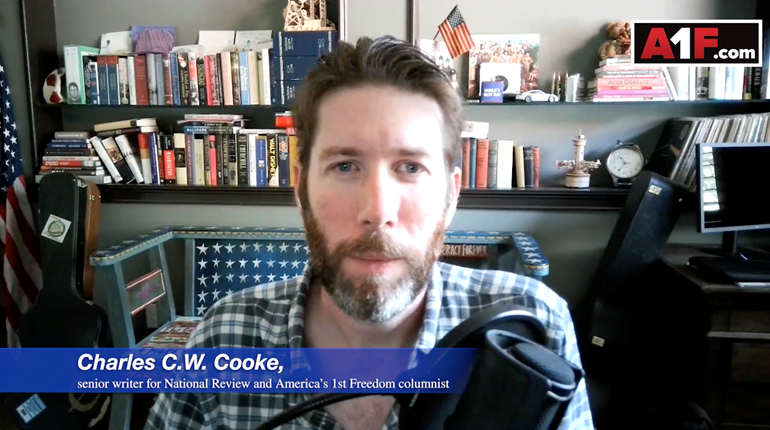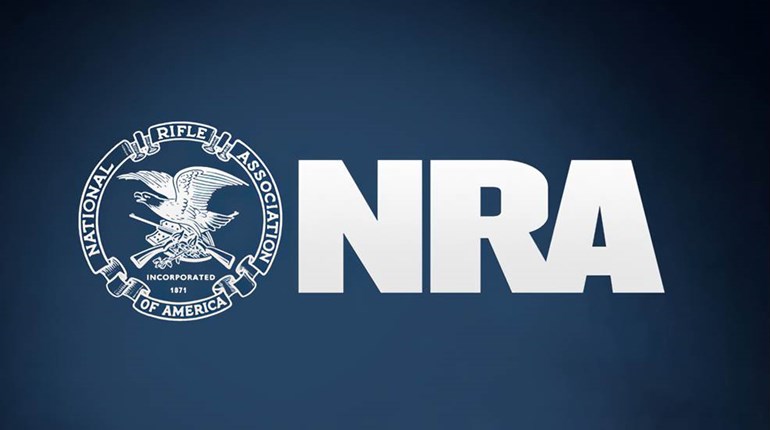
Defenders of the right to keep and bear arms might be forgiven for wondering whether the U.S. Supreme Court’s copy of the United States Constitution is missing a few pages.
It has been twelve years since the Court affirmed in D.C. v. Heller that “the right of the people to keep and bear arms” actually means “the right of the people to keep and bear arms,” and ten years since the court affirmed in McDonald v. Chicago that the Second Amendment applies to the states as well as to the federal government—and yet, as valuable as those decisions are, the last decade has made it clear that the U.S. Supreme Court is not especially interested in ensuring that they are enforced. In June, the justices continued this unfortunate trend by denying certiorari on no fewer than ten Second Amendment cases. For now, then, the right will remain a mere abstraction to the nation’s network of courts.
This matters, as it is difficult to think of another right that has been so willfully ignored and abused by our lower-court judges. In case after case, panels at the state and circuit levels have elected either to pretend that Heller and McDonald never happened at all, or, alternatively, to parse their language so carefully as to render those cases meaningless. Despite this insubordination—and it is just that: insubordination—the Court has done nothing.
This abdication of responsibility has not sat well with all of the justices. Teaming up first with Justices Scalia and Alito, and then with Justices Gorsuch and Kavanaugh, Justice Clarence Thomas has taken to dissenting when the Court declines to take an important gun case. “The Second Amendment,” Thomas has complained, “is a disfavored right in this Court,” and its steadfast refusal to consider gun-related appeals stands in “marked contrast to the Court’s willingness to summarily reverse courts that disregard our other constitutional decisions.” Ultimately, Thomas has concluded, the Court’s unwillingness to step in has had the effect of “relegating the Second Amendment to a second-class right.”
In and of itself, the Court’s refusal to do its job is a big problem: “A right delayed,” we are told, “is a right denied.” But, as time rolls on, it is hard not to agree with Justice Thomas when he suggests that the “continued refusal to hear Second Amendment cases only enables this kind of defiance.” In law, as elsewhere, human beings respond to incentives, and at present, the incentives all line up in the wrong direction. Why did the Fourth and Seventh Circuits ignore the plain language of Heller in upholding bans on the most commonly owned rifles in America? Why has the Ninth Circuit allowed California to turn the right to carry into a privilege for the well-connected? Why do New Jersey’s flagrantly illegal gun laws still exist? Because the judges who heard those cases knew that the chance of their work being reviewed and overturned by the Supreme Court was vanishingly small, and they acted accordingly.
For those of us who believe that the U.S. Constitution should be read and upheld as it is written, it has proven extremely frustrating that the U.S. Supreme Court seems willing to involve itself in all sorts of areas that are not mentioned anywhere in the document, but seems unwilling to protect a right that is explicitly mentioned in the text. That most of America’s progress in restoring the Second Amendment has come from the people themselves is a blessing indeed; the story of the last three decades has been the story of legislatures, at the behest of voters, changing their laws to minimize restrictions on law-abiding gun owners. But we have a Constitution so that the people who are left behind have somewhere to appeal. For now, at least, the Court seems to have shut its doors on them.


































